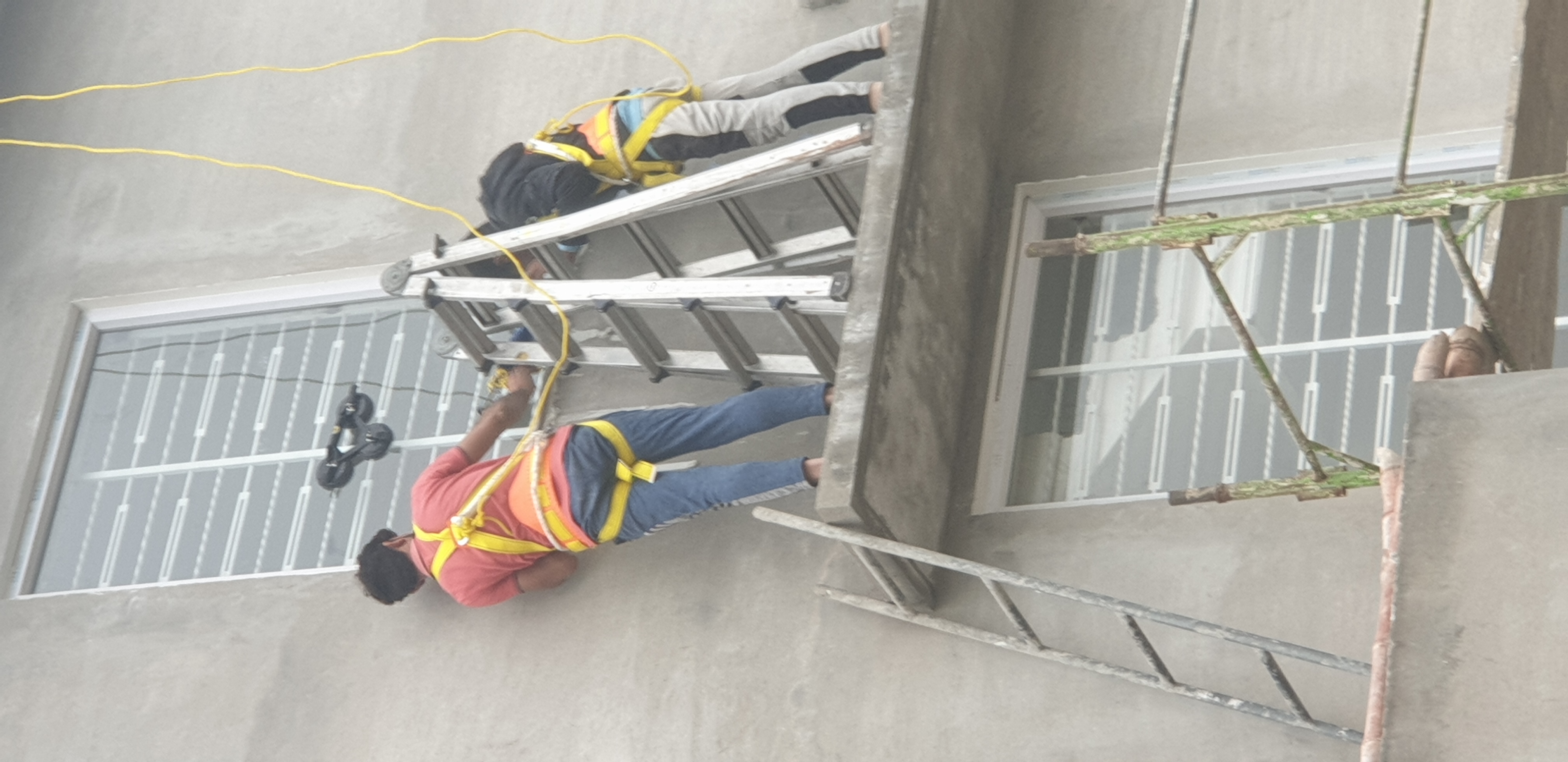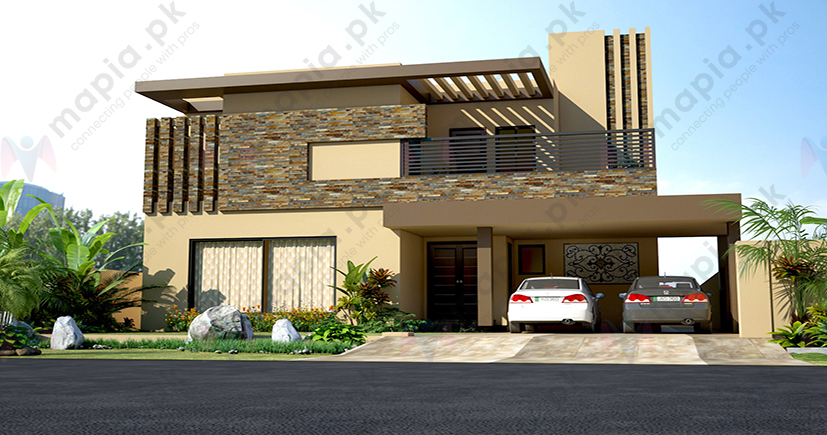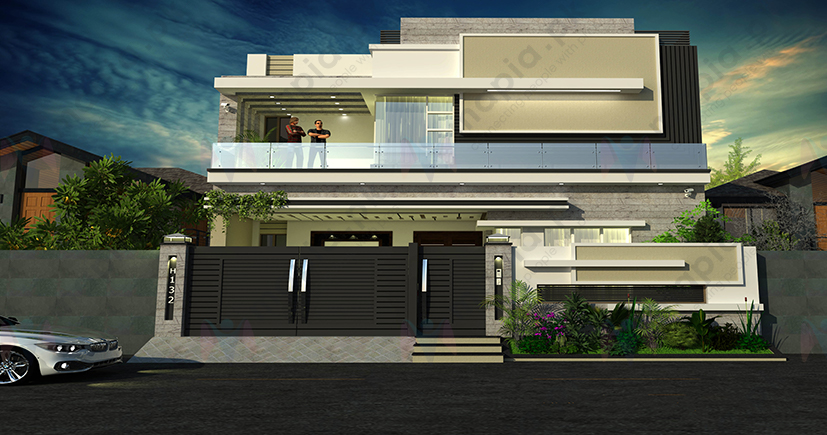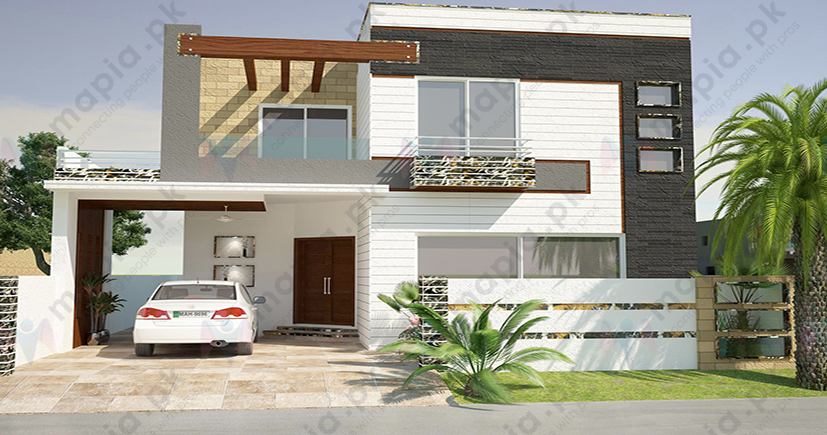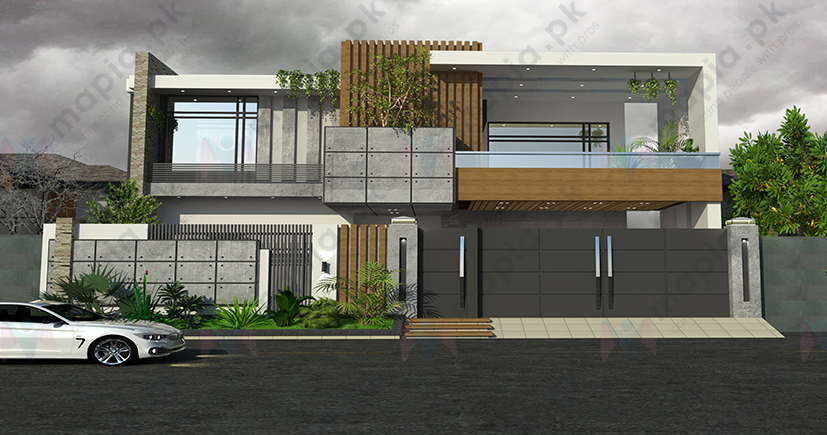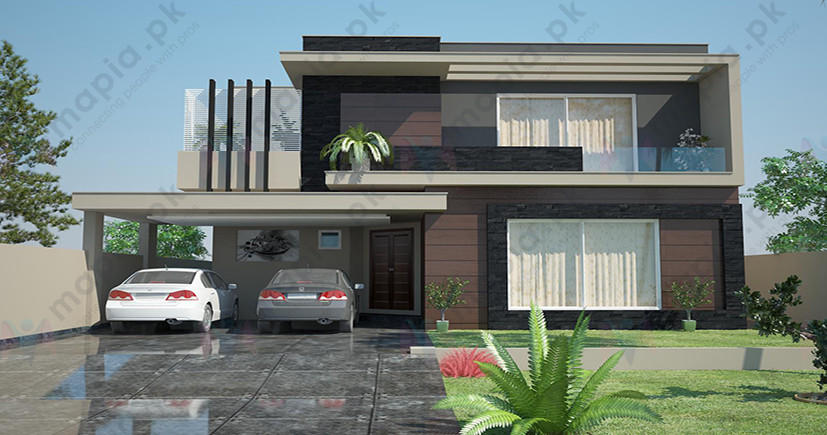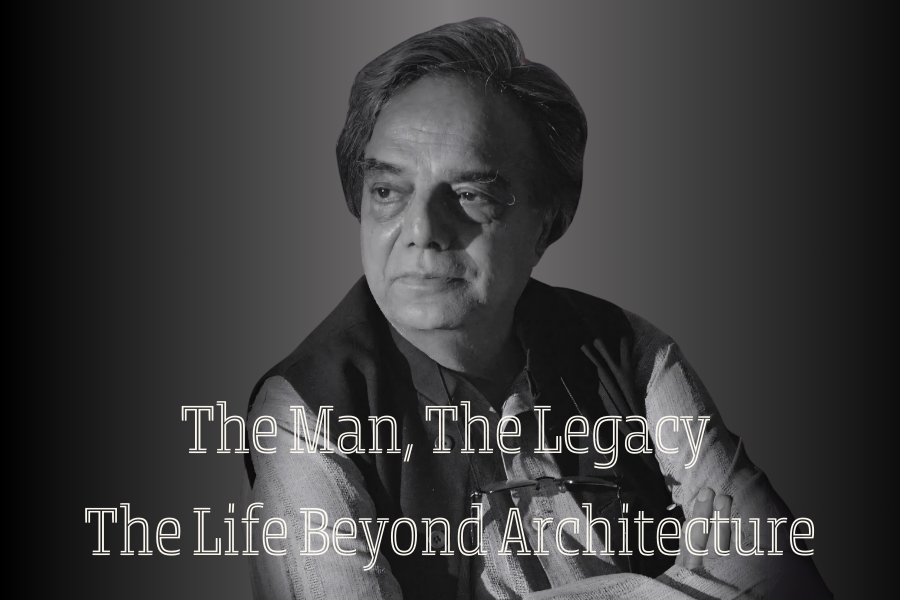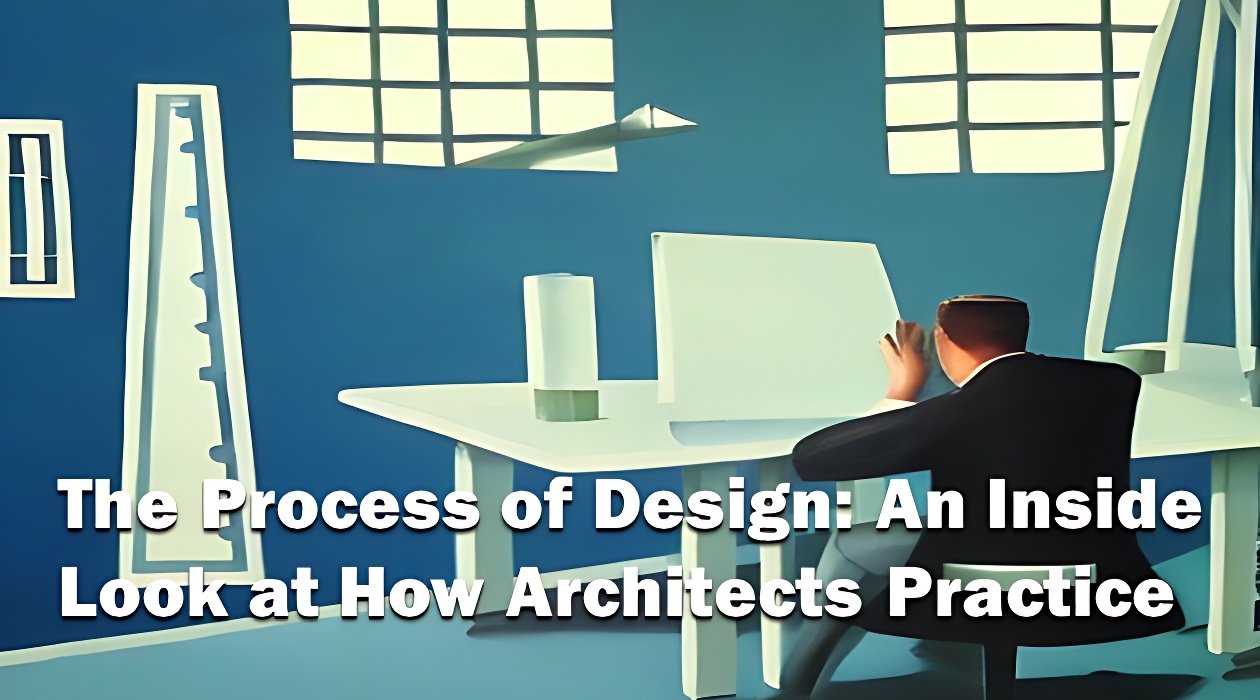
The Process of Design: An Inside Look at How Architects Practice
As a profession, architecture involves designing and planning of buildings and spaces to meet the needs and preferences of clients. It's a process that begins with an assessment of the site conditions, clients' requirements and ends with overseeing the construction process. Architects not only create beautiful and functional designs, but also ensure that the building meets all necessary codes and standards.
Let's explore this topic together, who knows what fascinating information we'll uncover!
In this article, we will delve deeper into the process and responsibilities of an architect, highlighting the various stages of design and construction, as well as other services architects may provide.
Identifying the needs of the client:
The architect typically begins by understanding the needs and preferences of the client and the purpose of the project. This may involve meetings with the client to discuss their vision and budget, as well as site visits to assess the property and gather information about the location, surrounding area, and any relevant zoning or building codes.
Developing conceptual designs for the project:
Architects will typically create initial sketches and conceptual designs to explore different possibilities for the space. These designs may be presented to the client for feedback and revisions which may involve sketches, 3D models, or other visual aids to convey the ideas.
Presenting the design:
The architect presents the design to the client and discusses the project in detail, including materials, costs, and timeline.
Obtaining necessary permits:
The architect helps the client secure any necessary permits and approvals from local authorities.
Preparing detailed construction documents:
As the design progresses, architects will create detailed floor plans, elevations, and sections that show how the space will be laid out and how it will look, including drawings, specifications, and cost estimates, that outline the project in minute detail and will be used by contractors to build the project.
They may also create 3D models or renderings to help clients visualize the finished space.
Working with engineers and other associates:
Throughout the design process, architects will also need to consider various technical aspects of the project, such as structural, electrical, mechanicals and public health requirements. They may work with engineers and other specialists to ensure that the design meets all necessary requirements, codes and standards.
It is also worth mentioning that architects often will have meetings with other professionals such as contractors, builders, vendors and city officials. Additionally, Architects often communicate frequently with the clients to present design options, get feedback and answer any questions they have.
Hire Best Architects for your construction project in Pakistan. Click to create Project Inquiry.
Providing construction administration services:
Architects may also be involved in overseeing the construction process to ensure that the building is being built according to the plans which may include attending site meetings, reviewing progress, and responding to any issues that arise during the construction process.
Managing the construction process:
The architect works closely with the construction team to ensure that the project is being built to their specifications and within budget.
Overseeing the project completion:
The architect ensures that the project is completed to the satisfaction of the client and meets all necessary building codes and regulations.
Final Inspection:
After the construction is completed, Architect will conduct a final inspection to ensure the quality of the work meets their standard, then they will hand over the project to the owner.
Post-construction services:
An architect remains intact with the projects until the building is ready to use, such as completing final inspections and assisting with warranty issues and completion certificates from the local authority.
In addition to these core responsibilities, an architect practice may also involve business development activities, such as networking and marketing to attract new clients and projects.
In Summary:
The role of an architect is to design and plan buildings and spaces that meet the needs and preferences of clients while adhering to building codes and standards. Architects are responsible for everything from the initial conceptual designs to the final construction process, as well as other services such as project management and cost estimating. They work closely with clients, engineers, contractors, builders, and city officials to ensure that the final product is not only beautiful and functional, but also safe and sustainable. Architecture is not just a profession, it's a process of shaping our built environment and it takes a lot of creativity, knowledge and technical skills to be able to achieve the best results.




